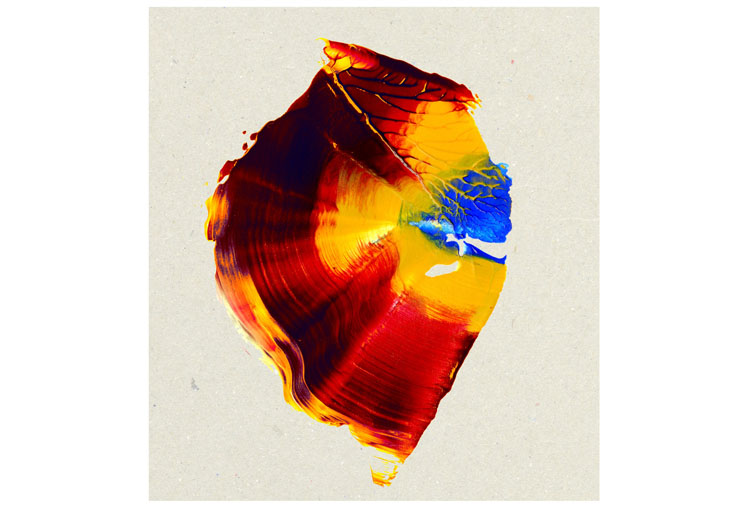Pianist and composer Chad Lawson shares his new single “Prelude in D Major” and its accompanying video today through Decca Records; Listen / watch HERE. Recorded at the famous Abbey Road Studios, the track is the first single from the second half of Chad’s forthcoming album, You Finally Knew, out September 11th; pre save the album HERE. The first half, Stay, was released earlier this year.
The video for “Prelude in D Major,” directed by Agostina Gálvez, features the dancers Jason Rodriguez and José Lapaz Rodriguez, both affiliated with historic Vogue houses—House of Ninja and House of Xtravaganza. The two perform a series of controlled falls, elaborate turns, and fluid movements as they vogue to “Prelude in D Major” against the backdrop of New York City, merging modern classical music with contemporary dance.
Explaining the link between the performance and his music, Lawson quotes painter Edgar Degas: “Art is not what you see, but what you make others see.” He continues: “This captivating choreography of Jason Rodriguez and José Lapaz Rodriguez illustrates how art is received, interpreted, and expressed as uniquely beautiful as the persons themselves.”
A former jazz musician who spent two years touring stadiums as part of Julio Iglesias’ live band, Lawson began his solo career in 2009 when the stress took a toll on his own health. He wrote his debut solo piano album, Set On A Hill, while suffering from ulcerative colitis, a chronic condition that had left him bedridden. In 2011, his album The Piano attracted mainstream media attention in the US. Two years later, Chad repeated the feat with The Bach Variations. Today, Lawson is a streaming star with tens of millions of followers and a staple of some of the world’s most popular playlists, introducing new generations to classical music with contemporary techniques, modern-day interpretations, and an emotive, arresting signature sound.
“A simple melody will always be the heart of every song, regardless of instrument,” says Lawson. “I sat without pencil and paper and sang each part before placing a single finger on a piano key. If I could not sing the melody and retain it in my ear, it didn’t make the cut. Only after the melody had become so ingrained in memory did I dare commit it to paper. Once the melody was in place, the chords and flourishes practically painted themselves.”









Comments are closed.